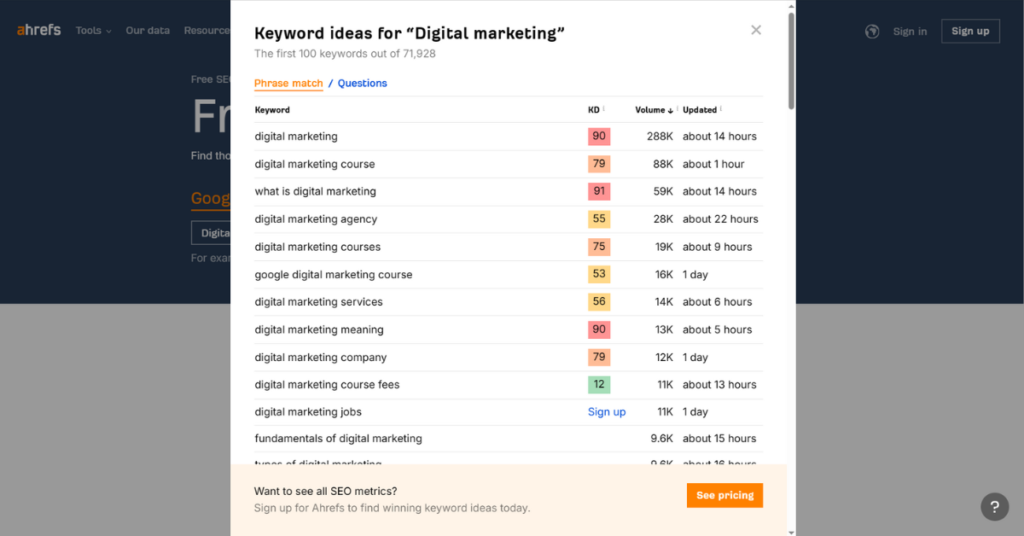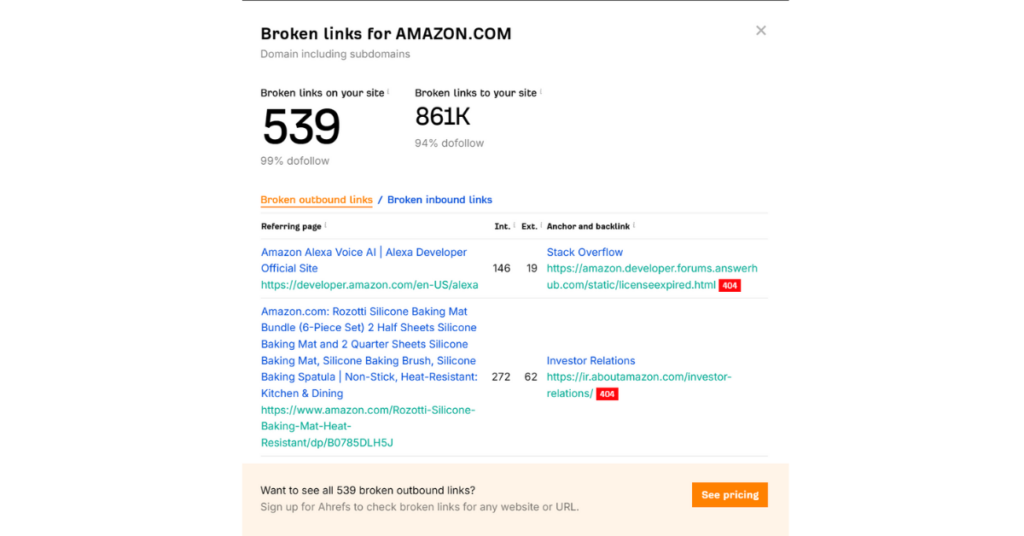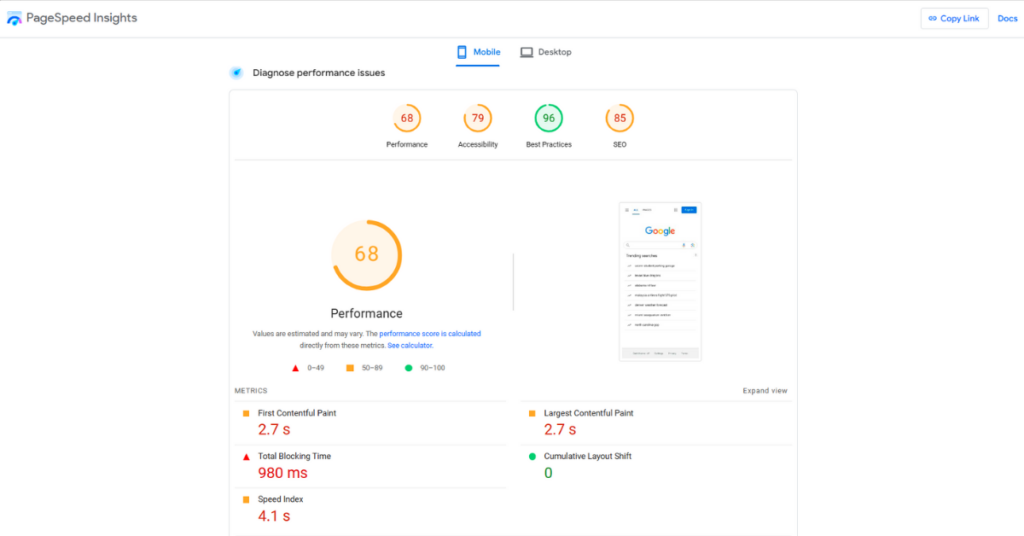On-page optimization is a crucial component of any successful SEO strategy for websites. It involves optimizing the content and HTML source code of a webpage to improve its search engine ranking. However, to ensure that your on-page SEO is up-to-date and effective, it is essential to conduct an on-page SEO audit regularly. In this blog post, we will take you through a step-by-step guide on how to do an on-page SEO audit.
Step 1: Identify Your Target Keywords

The first step in conducting an on-page SEO audit is to identify the target keywords for your website. These are the keywords that you want your websites to rank for in search engines. Once you have identified your target keywords, you can analyze your website’s existing content to see how well it is optimized for those keywords.
Step 2: Check the Title Tags and Meta Descriptions

The next step is to check the title tags and meta descriptions of your web pages. Title tags and meta descriptions are HTML elements that provide a brief description of what your web page is about. Ensure that your title tags and meta descriptions are unique, compelling, and contain your target keywords.
Step 3: Analyze the Content
The content on your website is the most critical component of your on-page SEO. Analyze your website’s content to ensure that it is high-quality, relevant, and optimized for your target keywords. Make sure that your content is well-structured, with proper headings and subheadings, and that it includes internal and external links.
Step 4: Optimize Images and Videos

Images and videos are essential elements of any website, but they can also slow down your website’s loading speed if they are not optimized correctly. Ensure that your images and videos are compressed, have descriptive file names, and include alt tags with your target keywords.
Step 5: Check for Broken Links

Broken links are harmful for your website’s SEO and user experience. Use an on-page SEO audit tool to identify any broken links on your website and fix them promptly.
Step 6: Review the Website Speed

Website speed is a vital factor in both SEO and user experience. Check your website speed using an online tool and make necessary optimizations to improve your website’s loading time.
Tools for On-Page SEO Audit
To conduct an effective on-page SEO audit, you need the right tools.
Here are some of the best on-page SEO audit tools available:
1. Google Search Console:
Provides valuable insights into your website’s performance in search engines.
2. SEMrush:
Provides comprehensive on-page SEO analysis, including keyword research, content analysis, and backlink analysis.
3. Ahrefs:
Offers in-depth analysis of your website’s on-page SEO, including keyword research and content analysis.
Benefits of Conducting On-Page SEO Audit
Conducting an on-page SEO audit has several benefits, including:
1. Identifying and fixing on-page SEO issues that may be harming your website’s performance.
2. Improving the user experience on your website.
3. Increasing your website’s visibility in search engines.
In conclusion, performing a comprehensive on-page SEO audit is crucial for optimizing your website’s visibility and search engine rankings. By analyzing and optimizing the above various on-page elements such as meta tags, content, images, and internal linking, you can ensure that your website is easily accessible, user-friendly, and relevant to your target audience. Regularly conducting on-page SEO audits can also help you identify and fix any technical and content-related issues that may be hindering your website’s performance, and enable you to stay ahead of your competitors in the search engine results pages.
An on-page SEO audit is a process of analyzing a website’s content and HTML source code to identify and fix on-page SEO issues that may be harming the website’s performance in search engines.
An on-page optimization checklist is a list of tasks that need to be performed to optimize a website’s content and HTML source code for search engines.
It is recommended to conduct an on-page SEO audit at least once every six months to ensure that your website’s on-page SEO is up-to-date and effective.





Great write up.. Keep writing